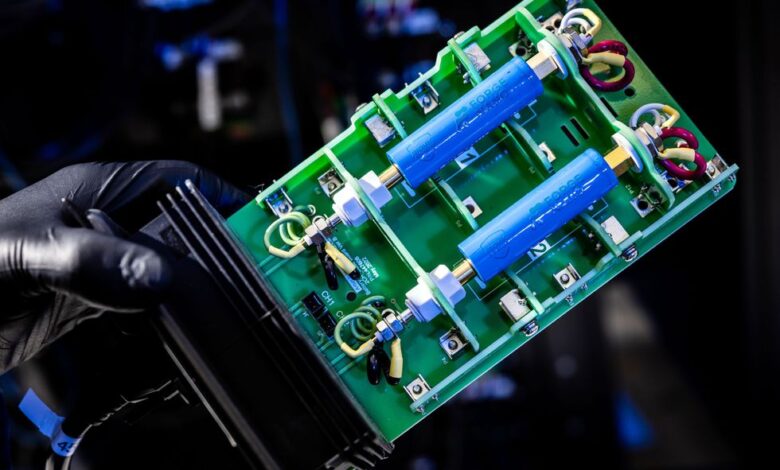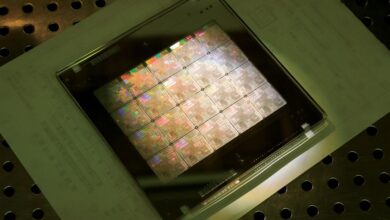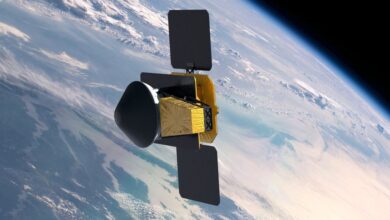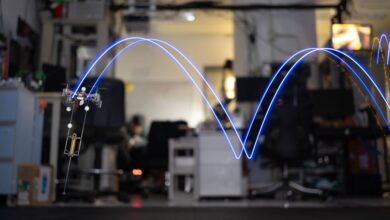The Next Frontier for EV Batteries: Nanoscale Coatings

Over the past 25 years, the longest driving range of an electric vehicle on a single charge has gone from about 260 kilometers to slightly over 800 km. Increasingly, these advanced battery packs have also begun storing energy from the grid or renewable sources to power homes or businesses. No wonder, then, that the global automotive battery market has surpassed US $50 billion a year and there is increasing pressure to produce greater numbers of even better batteries.
Now, several companies are applying a well-established chemical technique called atomic layer deposition (ALD) to coat battery electrodes with metal oxides or nitrides, which they claim improves both the energy capacity and the lifespan of lithium-ion batteries. The companies include Thornton, Colo.–based Forge Nano, Picosun (a wholly-owned subsidiary of Santa Clara, Calif.–based Applied Materials), and Beneq, in Espoo, Finland; they are leveraging the technique, which was originally developed in the 1960s. After years of refining their respective processes, these companies now hope to gain a toehold in markets for EV and smartphone batteries dominated by such giants as CATL, Panasonic, and Samsung.
Of the three, Forge Nano appears to have the most developed technology. It recently announced that its subsidiary, Forge Battery, has begun sending samples of a prototype battery cell made with ALD-coated materials to customers for testing. The company says its proprietary ALD formulation, which it calls Atomic Armor, makes batteries’ electrodes better at storing energy and helps them last longer.
What Goes Into a Lithium-Ion Battery?
The batteries found in today’s electric vehicles and smartphones consist of three main components. The anode, or negative electrode, usually made of graphite, is where lithium ions are stored during the charging process. The cathode (positive electrode) is made of a lithium-metal oxide such as lithium cobalt oxide or lithium-iron phosphate. Then there’s the electrolyte, which is a lithium salt dissolved in an organic solvent that allows lithium ions to move between the anode and cathode. Also important is the separator, a semi-porous material that allows the movement of ions between the cathode and anode during charging and discharging but blocks the flow of electrons directly between the two, which would quickly short out the battery.
A cathode coating is deposited for R&D battery cells by Forge Nano.Forge Nano
Coating the materials that make up the anode, cathode, and separator at the molecular level, these companies say, boosts batteries’ the performance and durability without an appreciable increase in their weight or volume.
. The films are formed by a chemical reaction between two gaseous precursor substances, which are introduced to the substrate by turns. The first one reacts with the substrate surface at active sites, the points on the precursor molecules and on the surface of the substrate where the two materials chemically bond. Then, after all the non-reacted precursor gas is pumped away, the next precursor is introduced and bonds with the first precursor at their respective active sites. ALD technology is self-terminating, meaning that when all active sites are filled, the reaction stops. The film forms one atomic layer at a time, so its thickness can be set with precision as fine as a few tenths of a nanometer simply by cutting off exposure of the substrate to the precursors once the desired coating thickness is reached.
In a conventional lithium-ion battery, with a graphite anode, silicon (and sometimes other materials) is added to the graphite to improve the anode’s ability to store ions. The practice boosts energy density, but silicon is much more prone to side reactions with the electrolyte and to expansion and contraction during charging and discharging, which weakens the electrode. Eventually, the mechanical degradation diminishes the battery’s storage capacity. ALD technology, by coating anode molecules with a protective layer, enables a higher proportion of silicon in the anode while also inhibiting the expansion-contraction cycles and therefore, slowing the mechanical degradation. The result is a lighter, more energy-dense battery that is more durable than conventional lithium-ion batteries.
Picosun says its ALD technology has been used to create coated nickel oxide anodes with more than twice the energy storage capacity and three times the energy density of those relying on traditional graphite.
How big is the benefit? Forge Nano says that although the third-party testing and validation are underway, it’s too soon to make definitive statements about the coating-enhanced batteries’ lifespans. But a company spokesperson told IEEE Spectrum the data it has received thus far indicates that specific energy is improved by 15 percent compared with comparable batteries currently on the market.
The company has made a big bet that the players all along the battery production chain—from fabricators of anodes and cathodes to Tier 1 battery suppliers, and even electric vehicle manufacturers—will view its take on ALD as a must-have step in battery manufacturing. Forge Battery is building a 25,700 square meter gigafactory in North Carolina that it says will turn out 1 gigawatt-hour of its Atomic Armor–enhanced lithium-ion cells and finished batteries when it becomes operational in 2026.
IEEE Spectrum




